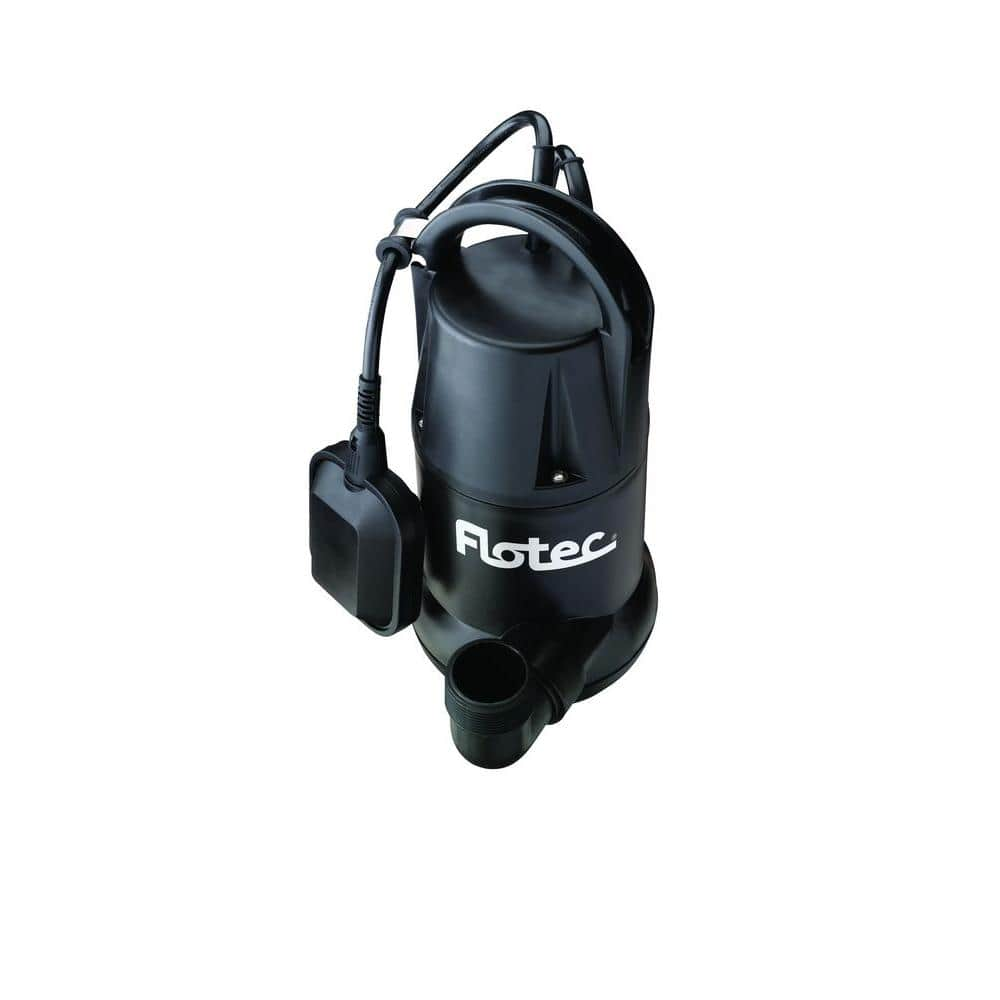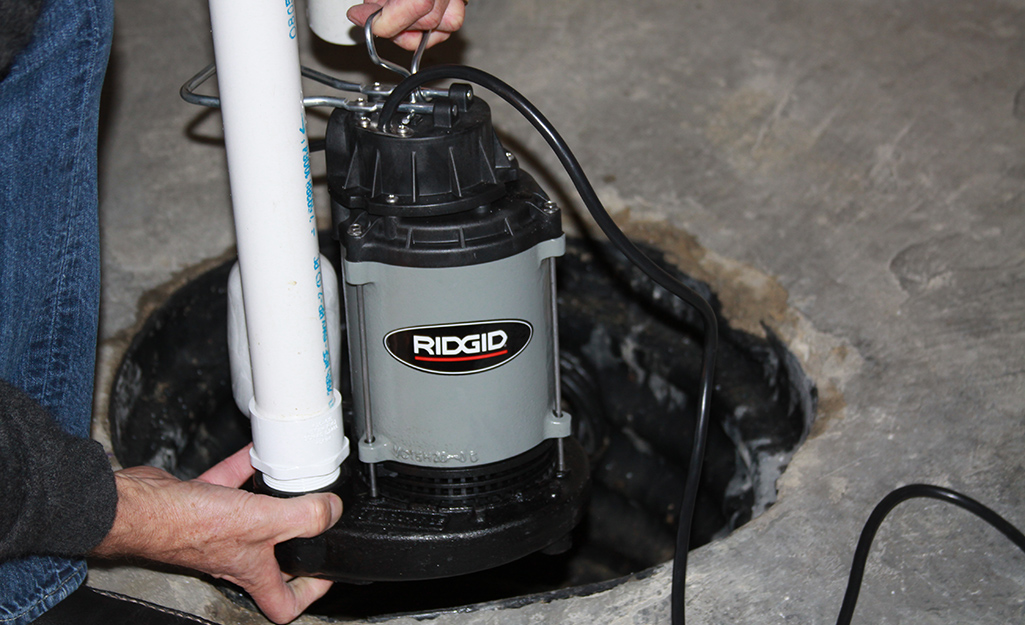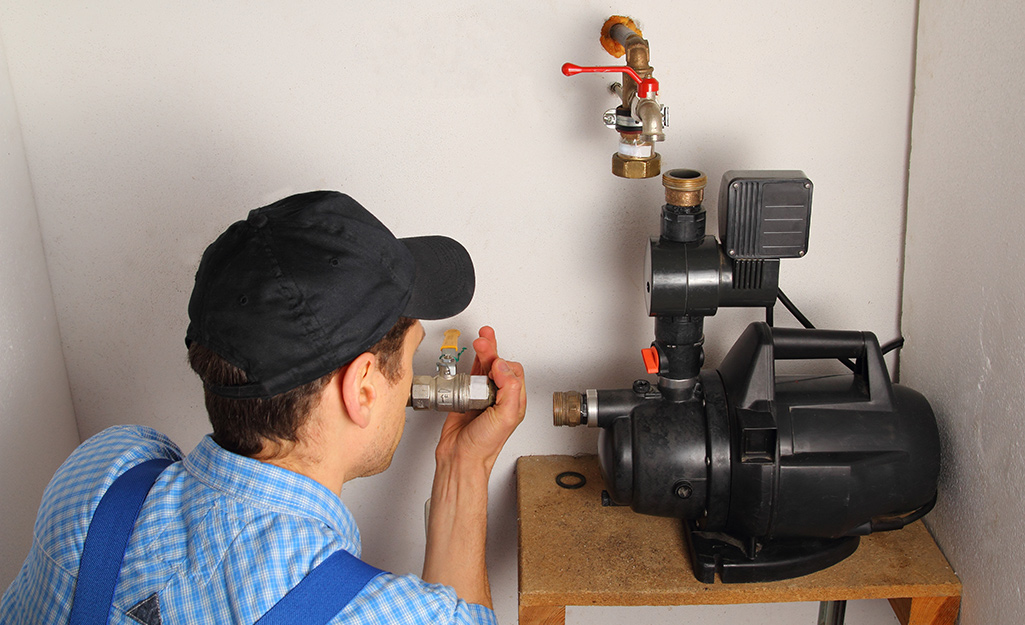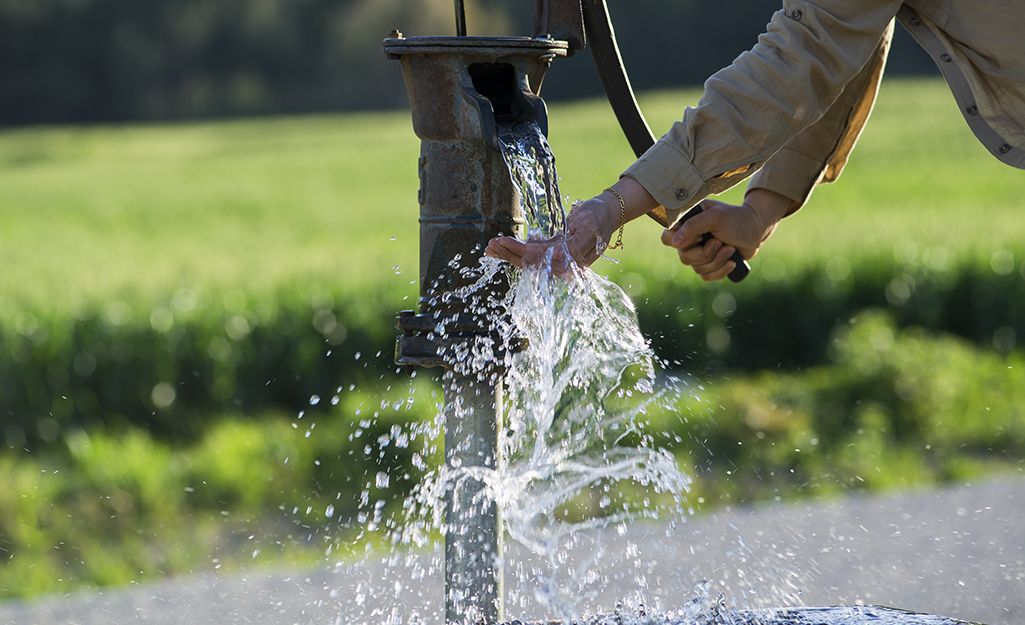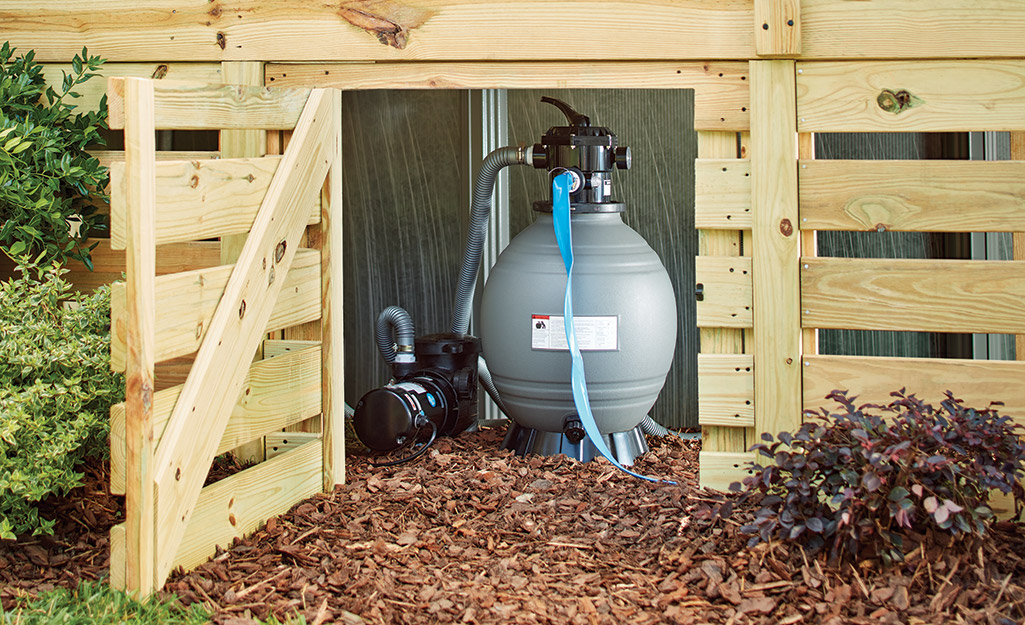Buying Guide
Types of Pumps
water pump and transfer pumps move water from one place to another. Water-removing pumps are made to eliminate water on roofs, in basements and more. There are also different types of water pumps and different types of transfer pumps. With so many options, it can be confusing to choose the best water pumps for your home. Read on to learn more about the different types of pumps and how to choose the right one for the job.
Water or utility pumps are used for a variety of jobs. They can empty clogged sinks and drain rain from window wells. A utility pump can remove standing water from your yard or flooded basement. Sump pumps remove water that collects around a home’s foundation. Pumps can siphon standing water off basement floors or out of window wells.
You can use a pump to drain an aquarium or get water garden pumps for landscape installations. There are even evaporative cooler pumps that cool and moisturize the air. The right pump for you depends on the different purposes and power options available. However, knowing the benefits and features of different types of utility pumps makes it easier to choose.
Ready to get the right pump? Find products fast with image search in The Home Depot App. Snap a picture of an item you like and we'll show you similar products. Consider tool rental to get your project done. Use a rented pump once and then bring it back. There's no maintenance required and no storage needed.





